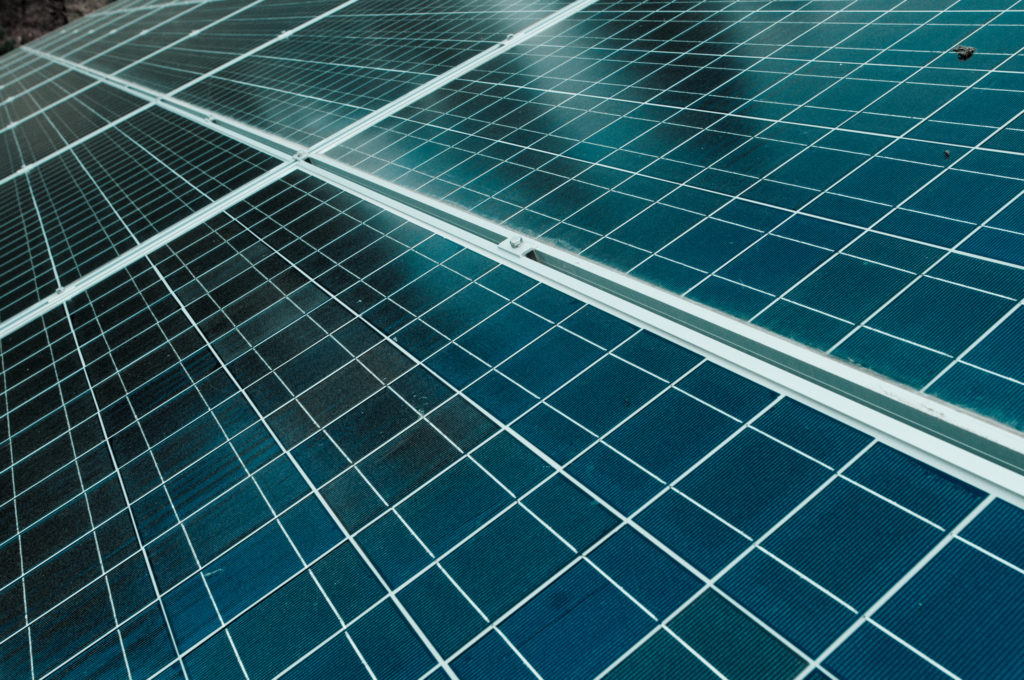
The U.S. recently celebrated the milestone of having one million solar installations nationwide. It took 40 years to get there, but experts believe the next million could take only a couple of years. The solar revolution is clearly well underway.
However, it isn’t a revolution for everybody. Solar power has been very slow to reach low- and moderate-income neighborhoods. Families who make less than $40,000 a year make up 40% of the country’s population, but they only account for less than 5% of solar installations.
Nearly half of all Americans can’t use rooftop solar at all because either they don’t own their own roof, their roof is not suitable for solar panels, or they don’t have the financial status to qualify for solar financing. So how do these people get a seat at the solar table?
One answer is community solar. Community solar is essentially a cooperative whose customers buy or lease their way into a large local array either from an independent operator or from their utility. Customers can offset as little or as much of their electrical usage as they want by participating in a community solar program.
There are only about 100 community solar installations nationwide, but it is poised to take off and become the single largest source of distributed renewable energy in the country. But even community solar has the problem that you can’t participate if you don’t have the cash or good enough credit.
Low income households pay a disproportionately large percentage of their income to keep the lights on. As cheap, clean energy becomes increasingly available, we need to figure out a way to make it available to everyone.
**********
Web Links
Beyond oil: How solar power use could explode
Photo, posted November 12, 2013, courtesy of David Goehring via Flickr.
‘Solar Power And Social Justice’ from Earth Wise is a production of WAMC Northeast Public Radio.